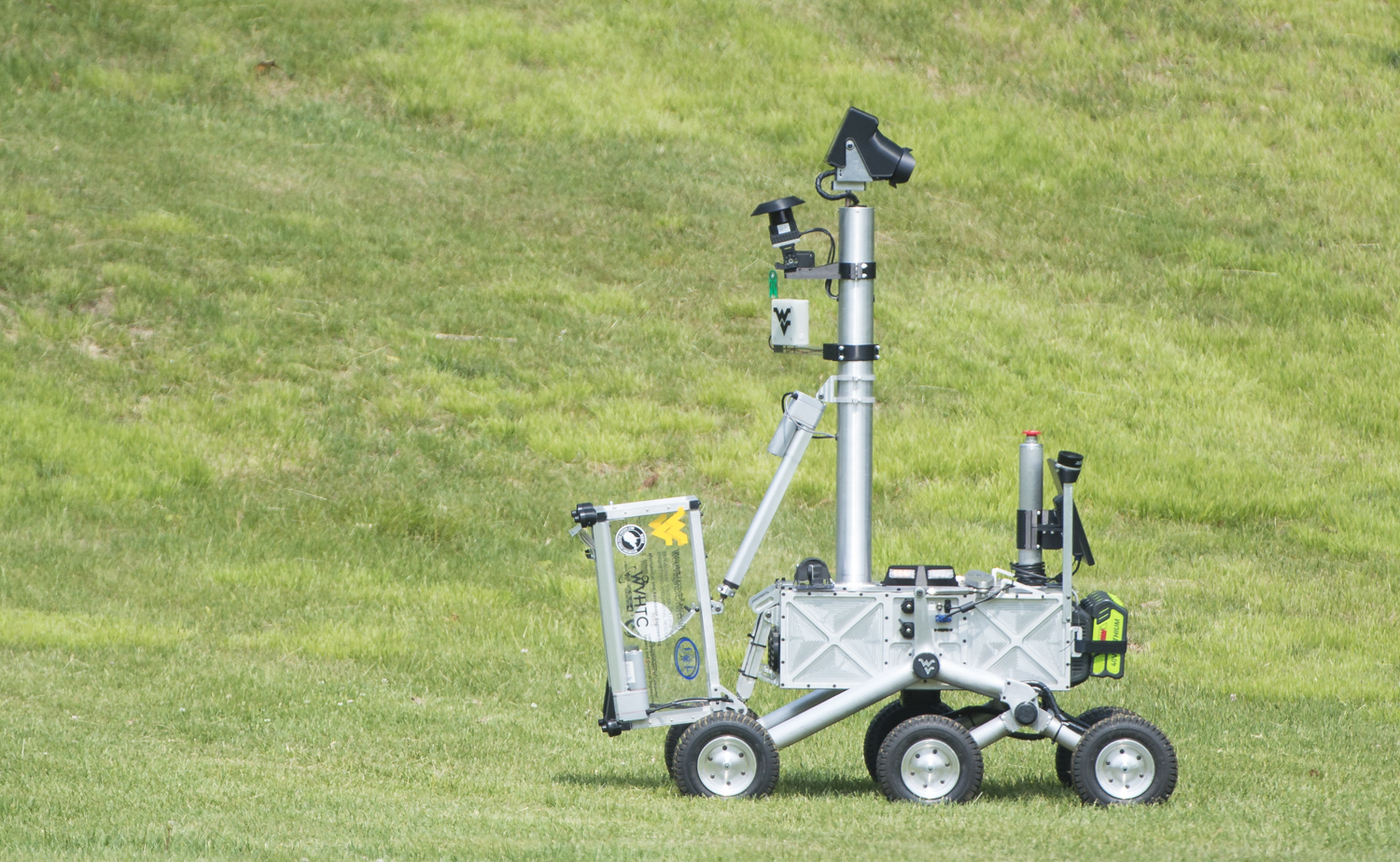NASA has awarded $100,000 in prize money to the Mountaineers, a team from West Virginia University, Morgantown, for successfully completing Level 2 of the Sample Return Robot Challenge, part of the agency’s Centennial Challenges prize program.
Worcester Polytechnic Institute (WPI) hosted the event June 10-12 at its Worcester, Massachusetts, campus. This was the fourth year NASA and WPI held the Sample Robot Return competition.

Dennis Andrucyk, deputy associate administrator for the Space Technology Mission Directorate at NASA Headquarters in Washington, and NASA astronaut Cady Coleman presented awards to the Mountaineers team members Saturday at the opening of TouchTomorrow, a science and robotics technology festival. The festival, which was open to the public, highlighted the teams and robots, as well as NASA and WPI exhibits in science, robotics and space technology.
“It was wonderful to see the teams compete and demonstrate their expertise with autonomous robotic systems,” said Andrucyk. “NASA uses competitions like these to help maintain and advance America’s leadership in technology and innovation. As we’ve seen this week, pushing the state-of-the-art in robotics will ultimately increase the effectiveness and safety of humans in space and will enable cutting-edge scientific exploration of the solar system.”
The objective of the challenge is to encourage innovations in autonomous navigation and robotics technologies. Teams were required to demonstrate their robots could locate and collect geologic samples from wide and varied terrains, operating without human control.
The challenge includes two levels of competition. For a robot to complete Level 1 successfully, it must depart a starting platform in search of a sample, the specifications of which were previously programmed into the robot’s onboard computer. Operating autonomously, the robot has 30 minutes to locate, capture and return to its starting platform with one undamaged sample. Teams that complete Level 1 may move on to Level 2.
For Level 2, robots have two hours to return autonomously at least two undamaged samples, including a sample known previously to the team and one introduced the day of the competition. Samples collected in Level 2 are categorized as easy, intermediate and hard based on the complexity of their shape, size and design. More points are awarded for those classified as hard. In this year’s competition, samples ranged in shape and size from rectangular to round.
The Centennial Challenges program is part of NASA’s Space Technology Mission Directorate, which is innovating, developing, testing and flying hardware for use in NASA’s future missions. For more information, visit:
https://www.nasa.gov/challenges
-end-
Joshua Buck
Headquarters, Washington
202-358-1130
jbuck@nasa.gov
Janet L. Anderson
Marshall Space Flight Center, Huntsville, Ala.
256-544-0034
janet.l.anderson@nasa.gov
Eileen Brangan Mell
Worcester Polytechnic Institute, Worcester, Mass.
508-831-6785
ebmell@wpi.edu


























